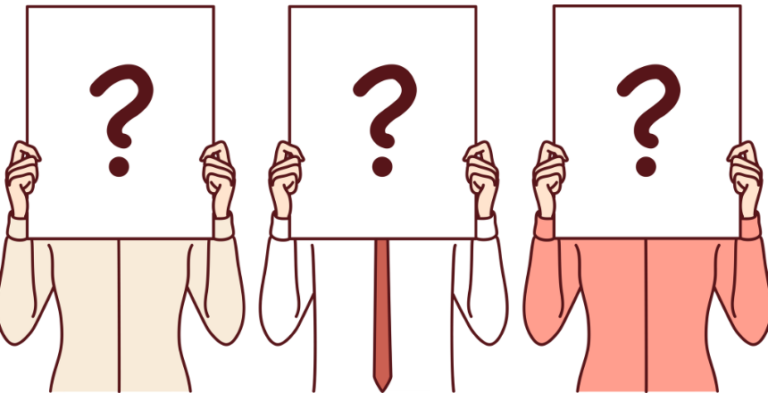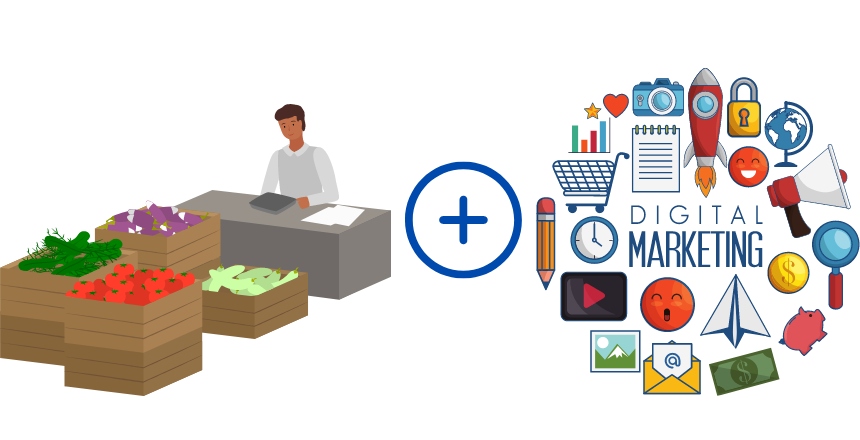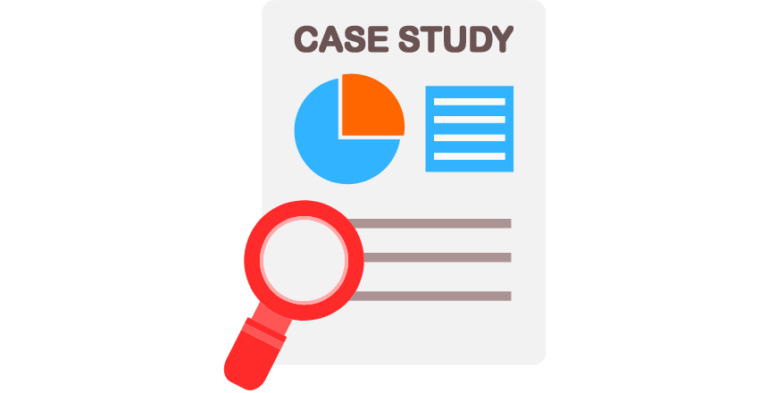What is Marketing?

Marketing can be defined as a process of finding the customers or clients to create, educate, communicate, deliver, and exchange products or services for their satisfaction and retaining those customers or clients.
Evolution of Marketing:

Over the years, the marketing strategy has undergone a significant transformation. With the advancement of technology another type of marketing has evolved, which is Digital Marketing.
While Traditional methods still hold value, the shift towards Digital Marketing is undeniable. Customer behavior heavily influenced by the digital age, demands a more interactive and personalised approach. Traditional Marketing and Digital Marketing are two distinct approaches in promoting products or services, each utilising different channels and methods.
What is Traditional Marketing?

Traditional Marketing refers to a form of marketing strategy which uses offline materials to reach the target audience. Below are some of the channels used by Traditional Marketing for promotion:
Table of Contents
ToggleØ Printed Materials: Newspapers, pamphlets, Magazines, Brochures.
Ø Broadcasting: Radio and Television commercials
Ø Outdoor Advertising: Billboards, Posters.
Ø Direct mail: Physical letters, Catalogues, Postcards.
What is Digital Marketing?

Digital Marketing is a form of Marketing that connects with potential customers who use internet or any other form of digital communication. Also known as online marketing. Some of the Channels which Digital Marketing utilises:
Ø Online Advertising: Display Ads, Search Engine Marketing (SEM), Social Media Ads.
Ø Content Marketing: Blogging, Video Content, Infographics.
Ø Email Marketing: Targeted email Campaigns.
Ø Social Media Marketing: Using platforms like Facebook, Twitter, Instagram etc.
12 Points of Comparision between the Two

As the business world adapts to technological advancements and changing customer behaviors, understanding the difference between the two approaches becomes crucial for implementing effective marketing strategies.
Here is a comparison between Traditional Marketing and Digital Marketing.
Parameter | Traditional Marketing | Digital Marketing |
Definition | Traditional marketing is a strategy that promotes product or services through traditional advertising media such as Radio, Television, Newspapers, Magazines etc. | Digital Marketing is a modern marketing technique that promotes products or services through digital channels such as search engines and social media platforms which use the internet. |
Reach | Only Local or Regional focus. Limited global reach and less precise targeting. | Global reach has the potential to target specific locations. Real time reach and engagement tracking. |
Cost | More expensive, especially for large-scale campaigns, also for prime television and printed spaces. Measuring ROI can be more challenging.
| Can be cost-effective particularly for small businesses. Online advertising allows for more targeted spending and costs can be transparent with flexible budgeting options. Allows precise control over spending and ROI |
Interaction | Normally less interactive and feedback mechanisms are slower. One-way communication with the audience. | Highly interactive and fostering two-way communication. Social Media platforms enable direct interaction with the audience. |
Measurability | Harder to measure the effectiveness of campaigns in real-time. Typically relies on the post-campaign surveys and other methods. | Offers real-time analytics and metrics. Accurate tracking of key performance indicators is allowed. |
Flexibility | Changes and adjustments to campaigns are often time consuming. | Allows real time adjustments to campaigns for best performance. A/B Testing and quick changes based on data are common practices. |
Challenges | Limited interactivity | Saturation and competition can be high. |
Trustworthy | As it is an old marketing method, traditional marketing is more trustworthy. | Trustworthiness in digital marketing is decided by the content and the channels dependability. |
Results | Traditional marketing methods are immaterial outcomes. | Digital marketing yields quantifiable outcomes. |
Branding | Traditional marketing is effective in building brands | Digital marketing is less reliable in building brands. |
Interruptions | It is difficult to avoid advertisements, because they are tied to the advertisers. | If an advertisement does not attract them, they can just skip it. |
Tweaking | It is not possible once the advertisement has been placed. | Changes and edits can be made anytime. |
Importance of Traditional Marketing:

The following are the few reasons why brands make effective use of Conventional Marketing:
Ø Simple Connectivity: Advertisements might be published in newspapers, broadcast on television channels in the relevant targeted geographic area to simply target the desired audience.
Ø Audiences can preserve ad copies of newspapers or magazines so that they can refer to the features, prices, or offers at any point of time they want to.
Ø Easy to recognise: Because people have been exposed to traditional ads for a long time, they recognise and grasp them easily, readily, and gladly.
Ø Improved reach: Traditional marketing channels offer a wide audience base, and a single ad can reach millions of people across multiple regions and territories in a single circulation. Moreover, people living in locations where there is no appropriate internet access or network connectivity can learn about the product or services through the medium and this conventional marketing is feasible for the older audience who are aged above 60 because they may not be acquainted with the recent trends in marketing strategies and technical advancements.
Importance of Digital Marketing:

Digital Marketing is becoming the most popular and essential strategy in every industry. Few reasons for that are narrated below:
Ø Cost effective: Small businesses or startups with limited investment may prefer this as a more effective way to promote their products or services.
Ø Fair play: Everyone receives help from digital marketing. Many brands in other words, all brands whether
Ø Small or big, have equal potential to reach a targeted audience.
Ø Power Content: Content plays a significant role on the internet and has a significant impact. Content has an ability to influence the audience and evoke an action taking thought in their minds at a suitable time.
Ø More conversions: The range of traffic converted into prospective clients is greater in digital marketing. And this defines the success of any digital marketing effort.
Ø Brand awareness: It helps businesses in creating brand awareness, dependance and confidence among the audience by keeping them informed about new products or services, activities, offers and schemes in a minimal time.
Ø Better ROI (Return on Investment): Digital marketing, when compared to other media can result in a higher Return on Investment, can book high profits while spending less.
How to choose and which type of marketing to choose?

The choice between traditional and digital marketing often depends on the target audience, product or service and overall marketing goals. Many businesses find a balanced approach that incorporates elements of both traditional and digital marketing to be most effective in reaching a diverse audience. The effectiveness of each approach depends on factors such as the nature of the product or service being promoted, target audience, budget constraints and overall marketing objectives.
Pros and cons of Traditional Marketing:
Below are a few pros and cons of traditional marketing and digital marketing to help in choosing which is ideal for a particular business.

Pros:
Ø Traditional marketing can be effective in reaching older audiences. It has been claimed that audiences aged sixty and above spend twice the time in reading newspapers and watching television as those aged 21 to 50.
Ø This marketing technique is typically used to expand the local audience rather than competing with the larger businesses for digital space. A small business would be better suited to competing for attention through posters, flyers, and events.
Ø Radio, Television, or printed matter advertising may repeat and remind the audience of the product or service, however digital marketing posts may be avoided or blocked like closing the social media ad posts and skipping the ads which stream before YouTube videos.
Ø Printed materials, Radio or Television ads, flyers can often be reused for the same advertisement that runs every year during a specific period or season.
Ø Certain audiences might view traditional marketing methods as most trustworthy if they have less exposure to online platforms.
Ø Consumers associate traditional marketing with larger company budgets, which signifies brands longevity, growth potential and financial sustainability. Consumers may be more willing to buy the products or services from the businesses that they associate with these qualities.
Cons:
Ø Sending postcards, brochures or pamphlets to a local audience can be expensive and there is no reach or no idea about the recipient, that the recipient is interested in the product or service provided.
Ø Traditional marketing does not offer immediate insights into audience behavior.
Ø Traditional marketing strategies may supply results or data in weeks or months.
Ø One cannot know whether the ad published, or broadcast reached the audience unless they contact back. And without a poll one cannot know if the ad prompted a follow-up.
Ø Traditional marketing methods like flyers and billboards may lead to wastage and environmental damage.
Pros and cons of Digital Marketing:
Digital Marketing methods are constantly evolving with current trends and technologies like voice search and social media usage. These methods can hold the most current trends and tactics. However, just like traditional marketing, there are some areas where digital marketing flourishes and others where it fails. Here are a few:
Pros:
Ø Audience participation and data can be tracked in real time. When the audience clicks on the call-to-action link provided on a website, opens a window to collect the audience’s information.
Ø The collected data can supply several insights like which type of product or service works better for a certain audience, Which medium is most effective and what time of the day involves in most of the engagement.
Ø Digital marketing methods can supply instant feedback.
Ø Digital marketing strategies are far less expensive when compared to printed materials and postage on each ad. Sending an email can save a significant amount of advertising expense.
Ø Because of broader reach, digital advertising works effectively for increasingly global dispersed audiences.
Ø Anyone from anywhere in the world can access the details of the products or services by utilising the internet services.
Cons:
Ø Some internet users use ad blockers, which prevent them from seeing pop-up ads or banner ads. Ads can also be avoided if a user subscribes for a premium service in social media or search engines.
Ø Because of quickly evolving technologies and trends, the success of digital marketing methods must be assessed and reevaluated. Which worked on one day can become obsolete the next day.
Ø As everybody from the world is adopting digital marketing channels to advertise and promote their products and services, there is cut-throat competition in this field.
Ø Most of the audiences still rely on traditional shopping as they are concerned about their privacy and security.
Ø Digital marketing strategies may not reach older audiences who are aged sixty and above, as they may not have the knowledge of using the digital gadgets.
Integration:

Both traditional and digital marketing can complement each other in an integrated marketing strategy, referred to as omnichannel marketing. For example, traditional advertising might include a website link, social media account, YouTube channel, QR code to direct viewers to an online platform for more engagement. Many modern businesses find success in integrating both approaches to use the strengths of each and create a well-defined marketing strategy.
The role of content:

Content marketing is a critical part in both traditional and digital marketing strategies. Traditional marketing relies on compelling story telling in print or broadcast ads, while digital marketing harnesses the power of blogs, videos, and social media content.
Case studies:

Examining successful campaigns from both strategies can supply valuable insights. Classic examples of traditional marketing successes include Coca-Cola’s iconic ads, while digital marketing boasts triumphs such as viral old spice campaign on social media.
Future Trends:

The future of marketing lies in the convergence of traditional and digital strategies. Augmented reality, artificial intelligence and immersive experiences are likely to shape the marketing landscape, requiring businesses to adapt continually.
Conclusion:
In conclusion, the difference between traditional and digital marketing reflects the dynamic nature of the business environment. While traditional methods continue to play a role, the undeniable momentum of digital marketing suggests a shift towards a more interconnected, data driven and audience centric approach. The key for business is to recognise the strengths of each method and integrate them seamlessly into a comprehensive marketing strategy that aligns with the needs and preferences of its target audience.
